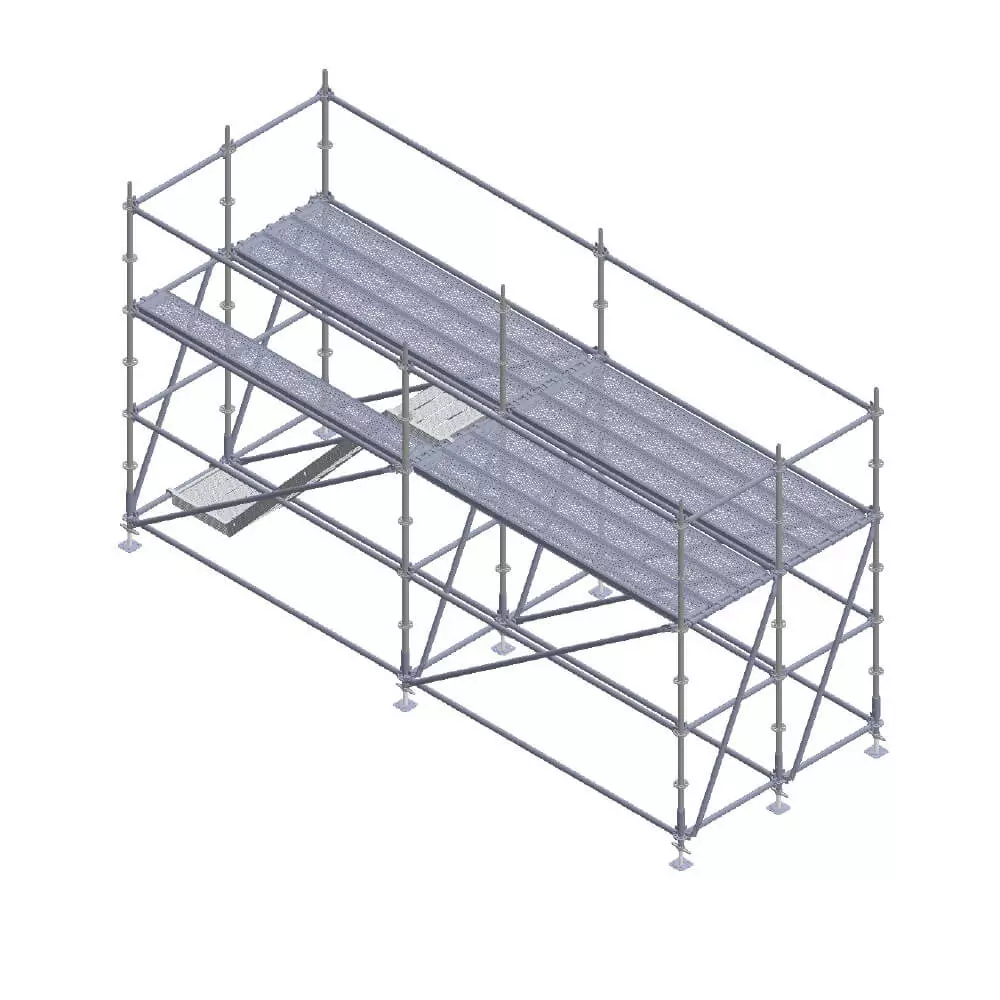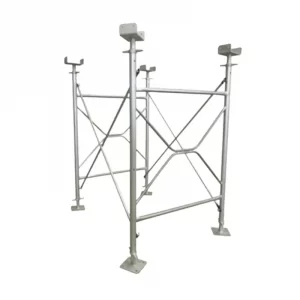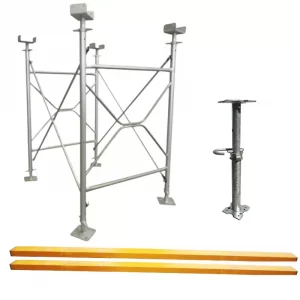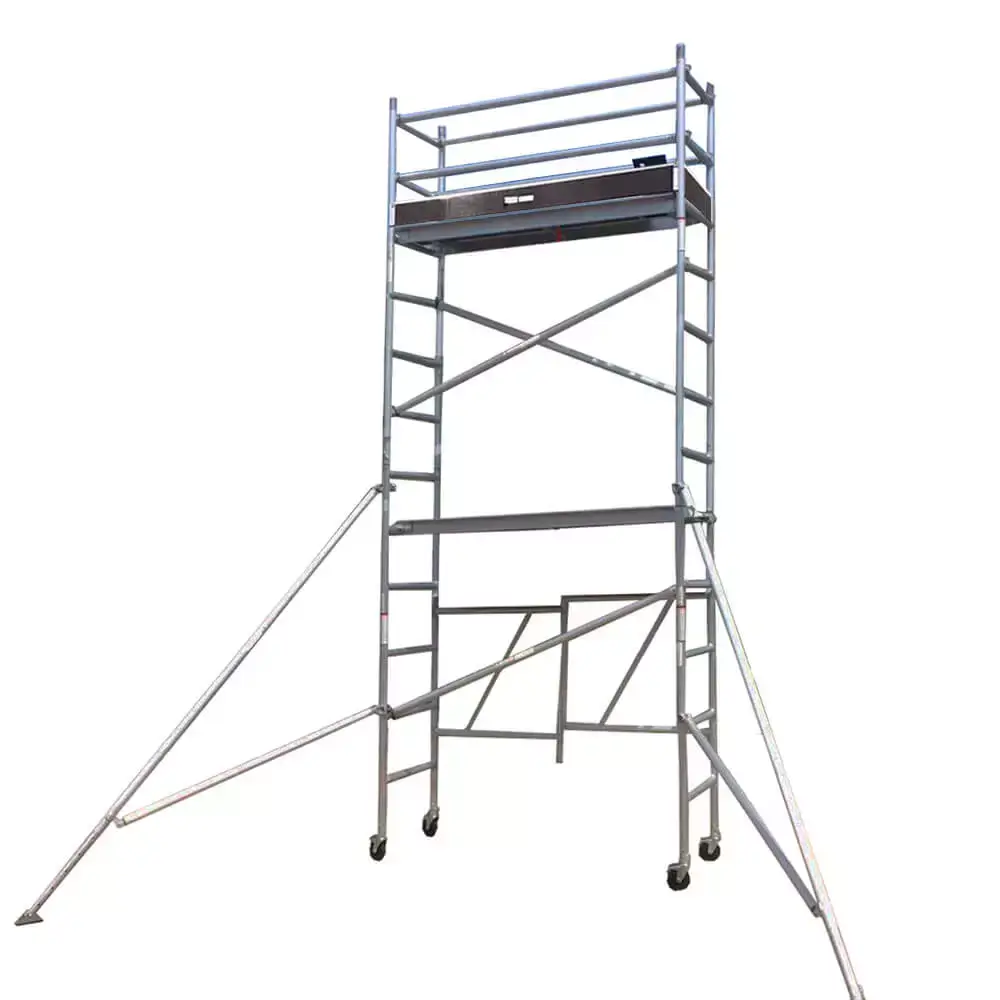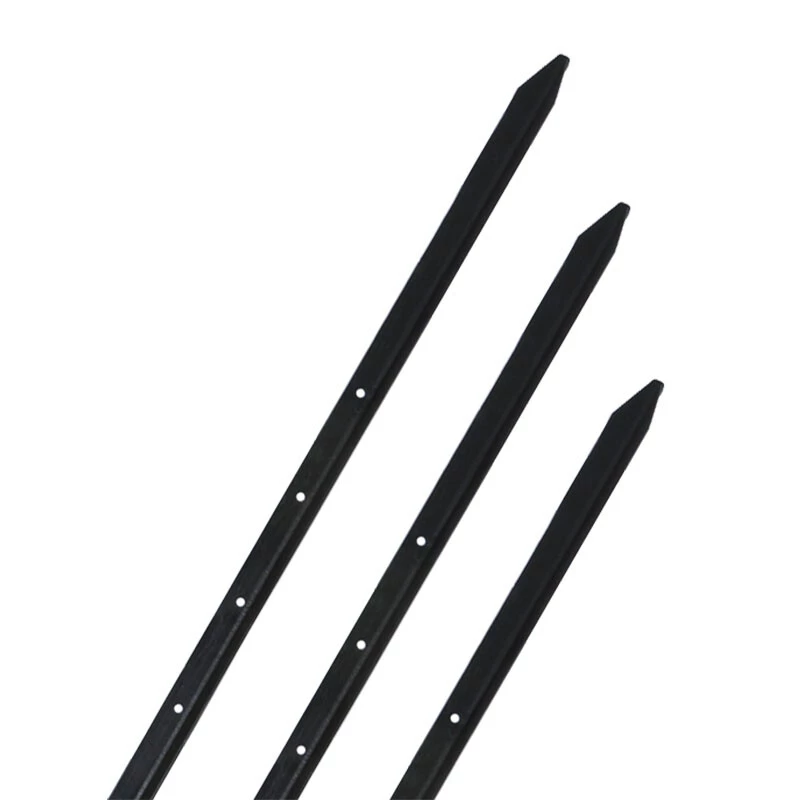Table of Contents
Temporary Fencing is a self-supporting fence panel that is required by law in Australian construction. This article explains Temporary Fencing legal requirements and how it improves overall safety.
Temporary Fencing Legal Requirements
Temporary Fence Panels prevent access for unauthorised civilians, vandals, and workers without PPE. Fencing Panels are essential for ongoing residential and commercial sites. Temporary Fencing main requirements on-site include:
- Panels must be at least 1.8 metres tall (larger fences may be required for demolition projects);
- Gates and joints be securely connected with no weak points for potential entry;
- Fencing must be installed according to manufacturer specifications;
- Can withstand reasonable force and loads, including high-strength winds; and
- Difficult to climb and crawl under.
Working on-site involves daily risk, including trips, falls, equipment and unfinished or demolished structures.
The Occupational Health and Safety Act 2004 outlines the legal duties of responsible parties to a construction site and workers. Relevant duties include:
- A member of management or person(s) with control (build and site managers), as far reasonably practicable, that a workplace and means of entering and leaving are safe without risk to health; and
- Employees, other person(s) at work, and the public are given the highest level of protection against health and safety risks that is reasonably practicable
Additional care must be taken for children more prone to exploring unauthorised areas. Site managers should note a heightened risk when located near schools, parks, or urban sprawl.
Temp Fence Panels remain a sufficient method for minimising risk. A capable setup will prevent unauthorised personnel from entering empty sites without supervision. It is more efficient compared to ongoing surveillance which is not practical for small residential jobs.
Australian Standard 4687 Temporary Fencing (AS 4687.4.2022)
Construction site fencing in Australia must adhere to AS4687.4:2022. The standard covers in detail Temp mesh and wire fences, Shade Cloth and other clamp fittings.
Testing Procedure For Fencing
Panels undergo a variety of tests to ensure they meet Australian standards and gain approval for sale. Tests include:
- Climbing to test if a panel can carry a 65kg load for three minutes;
- Testing mesh size does not exceed 75mm to allow a person(s) to gain a foothold;
- Ensure individual mesh parts can sustain a heavy load; and
- A final wind strength test to ensure panels can withstand exposure to high winds.
Temporary Fence Panels are safe and ready for use on construction sites once completing the tests.
When is Temporary Fencing Required
The Victorian Building Authority (VBA) enforces special circumstances around the construction of swimming pools. Panels are necessary for pools when:
- A prefabricated pool is being installed and will be filled on completion;
- The pool is in-ground and not self-draining;
- May accumulate rainwater during construction due to lack of maintenance; and
- The pool is built on a property with an occupied dwelling during installation.
The VBA also highlights that a registered domestic builder installs the Temporary Fencing.

Guidelines
The correct procedure must be followed when installing Temporary Fencing to ensure maximum effectiveness. Key points to remember during install are:
- Acquire additional bracing for panels on an elevated angle beyond three degrees;
- Install bracing when installing on uneven ground, or attaching Shade Cloth or other signage;
- Secure with clamps and feet for additional stability and strength. Severe wind may require more feet to weigh down the Temporary Fencing;
- Store correctly after use. Dry storage sheds will prevent degradation of your panels; and
- Consult with an engineer or manufacturer to understand wind speeds in the area and prepare your fencing accordingly.
Temporary Fencing Legal Requirements provide guidelines for quality manufacturing and correct usage.
How Does Shade Cloth Affect Structural Integrity?
Groups intending to attach Shade Cloth need to consider how it affects the Temporary Fencing.
Shade Cloth in extreme winds acts as a sail, placing excessive force on the fence. Enough force can affect balance or cause a collapse. Even small signs can adversely affect fence performance.
Consulting with an engineer and knowing the wind region of a site allows you prepare appropriately on-site. Additional bracing is vital to maintain structural integrity and prevent damaging your product.

Benefits of Temporary Fencing
Construction site fencing offers a variety of advantages beyond improving workplace safety.
Convenient
Panels are quick and easy to install across any workplace. Their lightweight makes them accessible for anyone who requires them for non-safety functions.
Buying instead of hiring avoids ongoing charges and saves time and money sourcing stock from hire companies.
Easy Crowd Control
Temporary Fence Panels are excellent for outdoor functions and events. They can function as crowd control on concerts or fares by controlling the flow of visitors.
Deterrence
A simple fence can act as a deterrent for many thieves and vandals. They also protect you from liability if someone enters and injures themselves.
For more information about Temporary Fencing legal requirements, or to order, call 1300 622 686 to speak with our friendly team!
You can also visit our other articles here:




